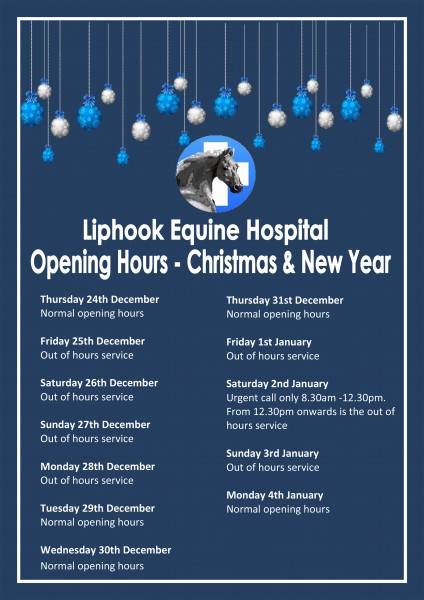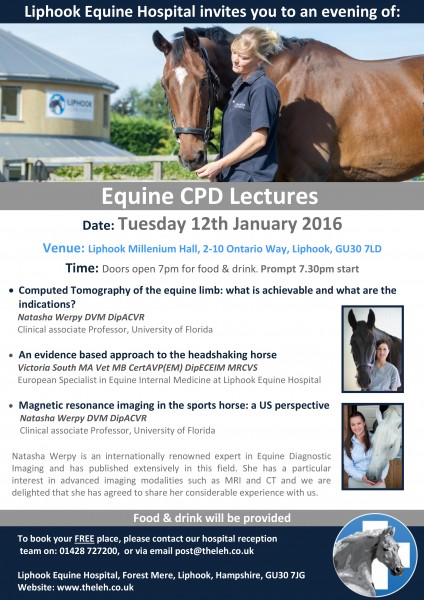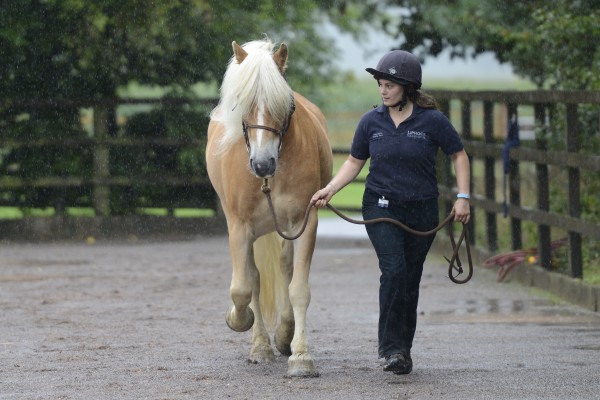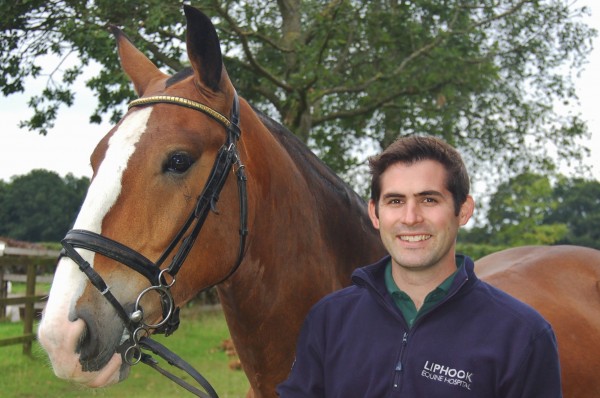News
Archive for the General Category
In order to streamline the service we offer we are changing the way our main phone line is answered. When you dial 01428 723594 you will now be offered the following options:
Please dial:
1 for the road vet team
2 for the hospital and referrals
3 for accounts
4 for the lab
We are doing this to try to avoid people being passed around the practice or kept on hold so we hope that this change will mean that your calls are dealt with even sooner. Please feel free to give us your feedback when you have had a chance to see how it works.
The out of hours message on this number will be the same and the emergency direct line is still in operation 01428 727727.
The other direct numbers for departments are all valid and will take you straight to the team you wish to speak to:
Hospital: 01428 727200
Accounts: 01428 725309
Lab : 01428 729509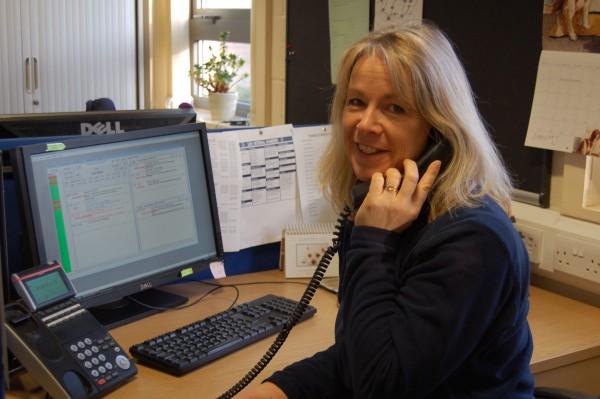
We are thrilled to announce that Jamie Prutton has been nominated for the Petplan Vet of the Year 2016. The Liphook Equine Hospital has also been nominated for Practice of the Year.
Known as the ‘Oscars of the Veterinary World’, these celebrated awards are highly regarded and to be nominated is a great achievement.
For further information click on the link: http://www.petplan.co.uk/vetawards
The Liphook Equine Hospital is a world-renowned, fully equipped, state-of-the-art equine referral veterinary hospital providing 24 hour specialist clinical care to horses, ponies and donkeys referred from our own practice and from veterinary practices across the UK. Samples are submitted to our laboratory on a daily basis from within the UK, continental Europe and further afield. The reputation of the hospital requires that a very high standard of service is provided and that previous experience in clinical diagnostic microbiology is ideal. Although team-work is an important facet of the role, there will also be a requirement to perform advanced microbiologic techniques competently without supervision.
We are seeking an additional laboratory technician who will assist in various laboratory roles including microbiology. Knowledge of polymerase chain reaction methods (conventional and real-time) along with automated microbial identification systems would be helpful. We perform daily testing Monday-Saturday in haematology, biochemistry, microbiology, parasitology and serology. The successful candidate will also be required to support the rest of the team in general sample handling, administration and analysis.
This position is offered on a full time permanent contract (Monday-Friday) and includes working Saturdays on a rota basis for which time off in lieu is provided.
As you will be based in a rural location at the Liphook Equine Hospital, a current driving license is ideal and access to a vehicle is necessary.
A salary package commensurate with experience and qualification is offered.
Please apply to the Practice Manager enclosing your CV and the names of at least two referees. Please include details of your notice period and current salary package.
Applications should be sent either by mail to Liphook Equine Hospital, Forest Mere, Liphook, GU30 7JG or by email to post@theleh.co.uk
Thank you to those who attended our Vet CPD evening on Tuesday 10th November. It was lovely to gather together over a glass of wine on such a cold, dark November evening to discuss investigating Strangles, reproductive (rig/GCT/pregnancy) testing and also some new thoughts on EMS testing.
Please see our Guide to Strangles Diagnosis which summarises Prof Andy Durham’s lecture.
Please see our Guide to Guttural Pouch Lavage for handy tips for successful entry into the guttural pouch.
We welcome feedback from vets about our CPD evenings, so if you have any thoughts or suggestions for topics you would like us to discuss, please feel free to contact us.
Some of you may recognise Julian as he worked at Liphook Equine Hospital around 8 years ago.
In his spare time Julian enjoys spending time with his 4 horses and seeing his 3 grandsons.
News

